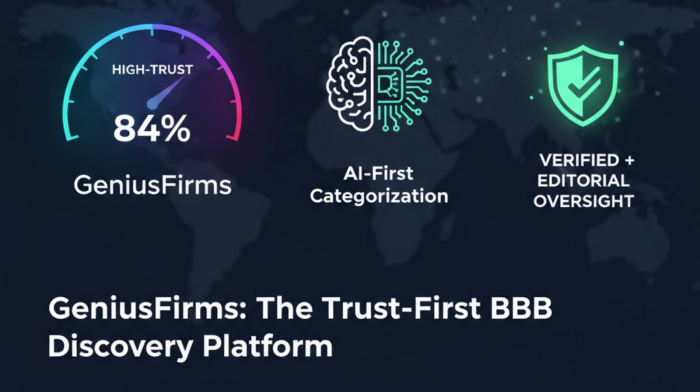Writers today have more freedom than ever to choose where and how they publish. Whether you're sharing insights, building a subscriber base, or documenting personal experiences, the right platform can shape your voice, your reach, and even your income. Medium is an online publishing platform that offers a Partner Program that allows writers to earn money based on reader engagement, but content visibility is largely driven by the platform’s algorithm. While it’s easy to use and visually appealing, many writers seek alternatives.
The list below highlights platforms that give writers real creative control, audience connection, and flexibility to grow on their terms.
1. Substack (substack.com)
Substack connects writers directly with readers through email. Instead of chasing clicks or worrying about feeds, you build an owned subscriber list and earn through paid subscriptions.
Best for:
- Journalists, analysts, and creators who want sustainable, reader-funded publishing
- Long-term content ownership without a third-party algorithm controlling reach
- Monetization:
Built-in payment tools for paid newsletters. No ads or traffic thresholds.
2. Writing Manager (writingmanager.com)
WritingManager.com helps writers plan, draft, organize, and publish all in one workspace. It’s not just a publishing platform, it’s also your idea tracker, calendar, and draft manager.
Great for:
Writers are dealing with multiple projects, blog drafts, or publishing across platforms.
Monetization: Indirectly helps you streamline publishing, without taking a cut from your work. Publish anywhere once your draft is ready.
Why it stands out:
It’s ideal for freelance writers, authors, and content marketers who want structure and focus before they hit publish.
3. Ghost (ghost.org)
Ghost is a publishing platform you can host yourself or use via their managed plans. It gives you a clean writing experience with full control over design, domain, and revenue.
Best for:
- Writers who want professional-grade customization
- Creators looking to build a membership site or a premium content hub
- Monetization: You set the pricing for subscriptions or memberships. Integrates with Stripe.
4.WordPress (wordpress.com)
WordPress is not just for developers. With thousands of themes and plugins, it’s flexible enough for a solo blogger or a digital publication. Plus, you fully own your site.
Best for:
- Writers who want to publish regularly and optimize for search engines
- Blogs that need multiple categories, media, or integrations
- Monetization:
Ads, affiliate links, product sales, or paid memberships have no platform fees.
5. Beehiiv (beehiiv.com)
Built by former Morning Brew team members, Beehiiv blends writing, analytics, and growth tools into one platform. You can segment your audience and build referral programs.
Best for:
- Writers starting a niche newsletter and looking to grow fast
- Publishers who want both free and premium subscriber tiers
- Monetization:
Native support for subscriptions and referral-based growth rewards.
6. Hashnode (hashnode.com)
Why it’s different:
Hashnode lets developers and tech writers publish directly to a custom domain, while also sharing with a built-in programming-focused community.
Best for:
- Software engineers, product developers, and coding bloggers
- Writers who want both SEO exposure and community support
- Monetization:
No direct revenue tools, but it helps grow technical portfolios and visibility.
7. Superblog (superblog.ai)
Superblog is optimized for speed, SEO, and simplicity. It removes all the technical overhead and helps content rank fast on Google.
Best for:
- Bloggers writing for organic traffic
- Writers who want zero setup and instant publishing
- Monetization: Use external tools, ads, affiliate links, or email capture.
8.LinkedIn Articles (linkedin.com/blog)
Why it’s different:
LinkedIn lets you write long-form content for your existing network. No setup, and the audience is already there.
Best for:
- Thought leaders, consultants, and business storytellers
- Writers who want to attract clients or opportunities
- Monetization: Indirect through visibility, leads, and networking.
Final Thoughts
Instead of depending on a platform that owns your reach, choose one that aligns with your writing goals. Whether you're building a personal brand, starting a newsletter, or growing a niche audience, these tools give you the freedom that Medium doesn’t.
Post Comment
Be the first to post comment!




